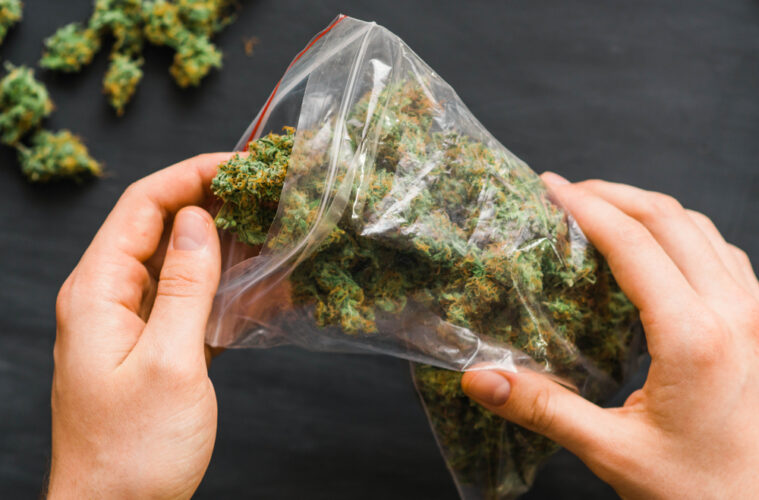The feds, specifically Customs and Border Protection agency, are Struggling (with a capital “S”) to determine the difference between marijuana and hemp. So, to address the issue, the agency is looking to invest in portable marijuana analyzers that can help them quickly distinguish between marijuana and federally legal hemp.
In a recent public notice, Customs and Border Protection (who we will refer to as the “feds” and “agency” for the rest of this story) said it is soliciting “statements of work” from companies that manufacture cannabis analyzers that meet the agency’s functional needs and standards, Marijuana Moment reports.
The statement didn’t specifically say how the agency would use the analyzers but also stated that the device must have the capability, “to determine if suspect plant material or manufactured products contain cannabinoid-class chemicals and in what quantity.”
We can assume how the agency will utilize the technology, considering it’s had difficulty snuffling out the difference between hemp and weed since the 2018 Farm Bill became law. One can deduce that the analyzers will be used as part of investigations into suspected cases of marijuana smuggling.
The notice specifically states that the device must be able to determine whether a cannabis product contains more than 0.3 percent THC by dry weight, the federally legal limit for THC in hemp in the US.
The feds also stated that the analyzer must be “human-portable,” weighing no more than 15 pounds. “At a minimum” it must be able to detect nine cannabinoids listed on a table provided in the notice, including delta-9 THC, delta-8 THC, CBD, CBN, and CBG.”
It must also be able to identify moisture and estimated dry weight of the cannabis material. And, a complete “analysis cycle” must take less than 12 minutes. The agency also said the analyzer screen must be in color and visible in different kinds of lighting.
What’s more, the feds also are asking for the device to display each cannabinoid that it detects from a product and be able to send the data to a flash drive. Oh yeah, and it also must hold an eight-hour charge, have a rechargeable battery, and have an impermeable carrying case.
“The analyzer shall have the ability to store analysis data and results on board the system,” the notice says. “The analyzer shall be capable of displaying the results of the analyses of the stored data” and it “shall have the ability to transfer data files and results to a universal serial bus flash drive.”
The notice requires the company contracted by the feds to provide training on how to operate the analyzer. That training “shall be at an undergraduate and graduate level of physical sciences (in chemistry, for example) and must include a review of the operator’s manual and procedures as list therein.”
Interestingly, while the analyzer company will be responsible for training, the agency says the US government will provide the cannabinoids that will be tested. Ha.
The deadline to submit statements of work on cannabis analyzer capabilities is September 2.
Regarding cannabis analytics, the Justice Department in 2020 awarded $350,000 to the National Institute of Standards and Technology (NIST) to support efforts to “provide forensic laboratories with the necessary analytical tools” to distinguish between marijuana and hemp.
The Drug Enforcement Administration (DEA) separately announced in 2019 that it was seeking a device to “provide specificity to distinguish between hemp and marijuana” since the former crop was legalized.
Needless to say, all of the feds are lost when it comes to dealing with the nuances between hemp and marijuana. Perhaps having to part hairs between the two plant relatives will help them see the headache-inducing quality of their own design and usher in change.


